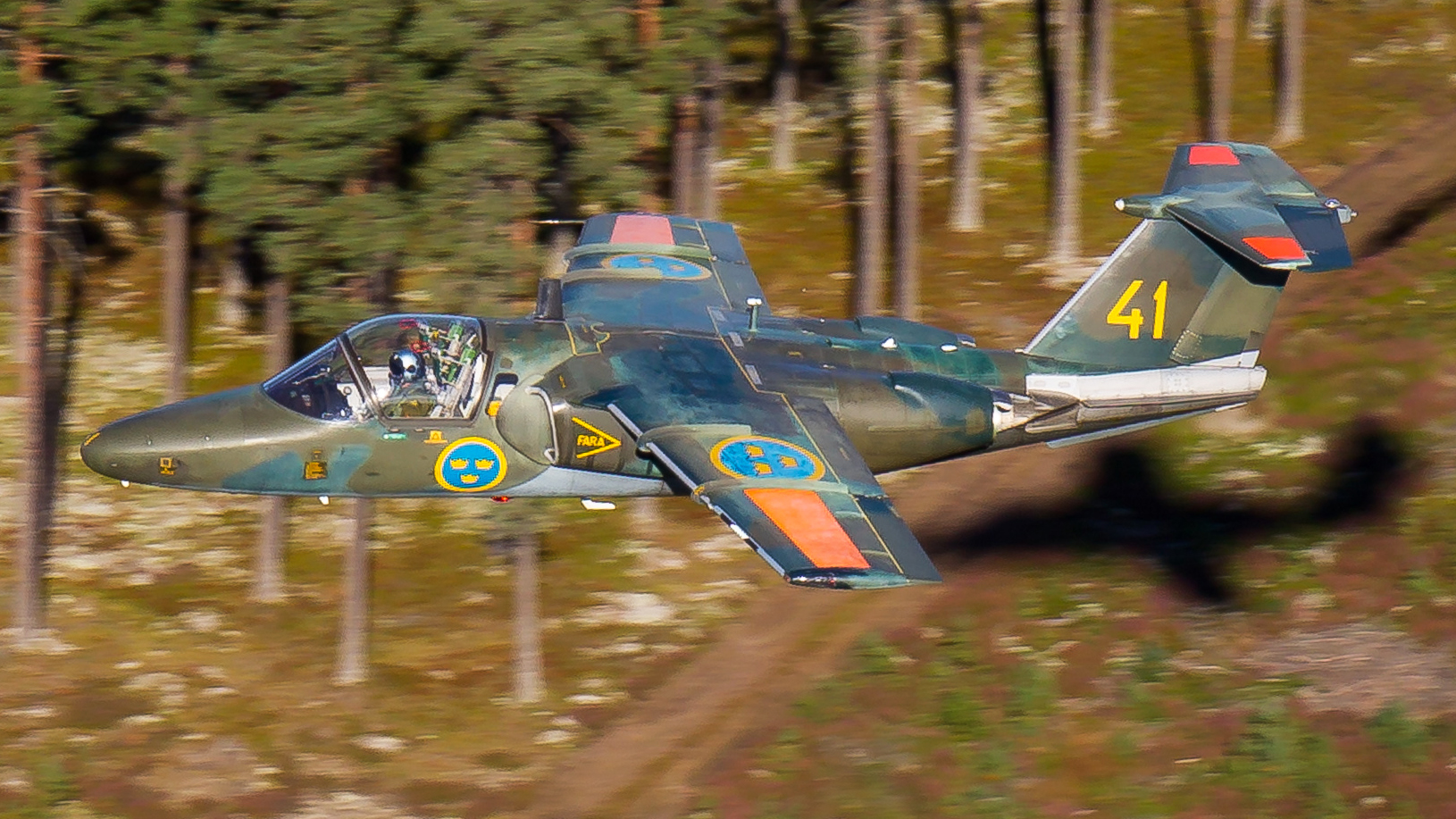The Saab 105, which was for decades the jet on which Swedish Air Force pilots learned their trade, has been formally decommissioned. While less well known outside of Sweden — and Austria, its only export customer — the T-tailed, high-wing twinjet was a remarkable design, with some unique features that made it notably adaptable.
On June 18, the Swedish Air Force (Flygvapnet) officially retired the Saab 105, known in domestic military service as the Skolflygplan 60, or SK 60. The decommissioning ceremony took place at the type’s home base of Malmen, near Linköping, in southern Sweden. The type’s farewell appearance included an aerial routine by display pilot Nils “Princess” Schylström.
“It has served us so well — we have had the SK 60 in the Swedish inventory since before I was born. It has served so well, but it is now old,” Deputy Commander of the Swedish Air Force Brig. Gen. Tommy Petersson told reporters last month.
The final military operator of the jet was the Flygskolan — the Swedish Air Force flight school, which graduated its last group of students earlier this month. Latterly, around 25 SK 60s were still active with the school.
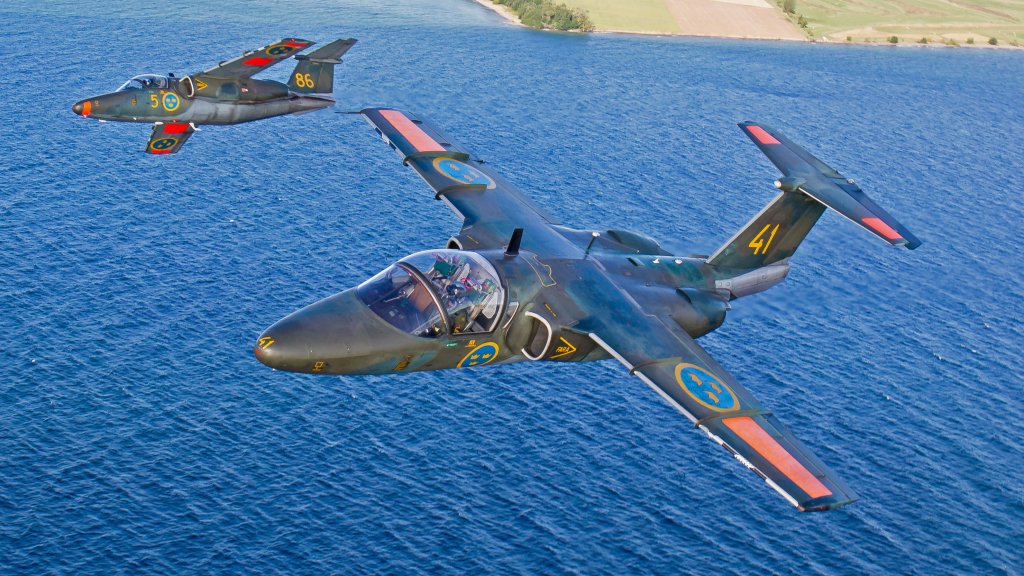
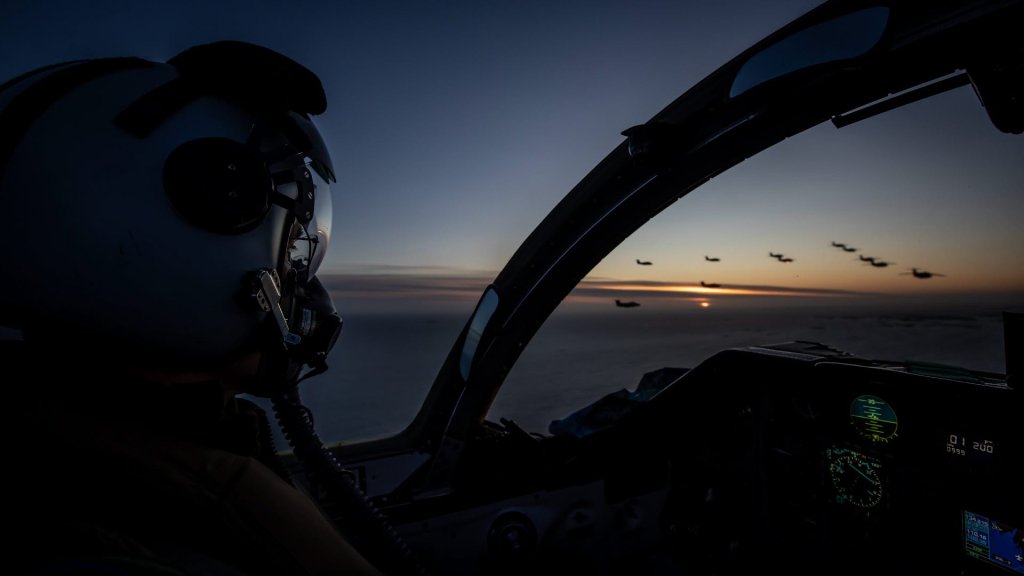
Overall, however, the Swedish Air Force operated 150 SK 60s in various configurations and in some interesting roles.
Developed by Saab as a private venture starting in 1958, the Saab 105 was unusually intended for both military and civil applications from the start. The first of two prototypes took to the air on June 29, 1963, and the aircraft was easily recognizable by its combination of shoulder wing with prominent anhedral, T-tail, and side-by-side twin seating. A pair of small turbofans, the French-made Turboméca Aubisque, each developing just 1,642 pounds of thrust were installed in nacelles on each side of the fuselage. Production versions were fitted with RM9 engines, Swedish-made versions of the Aubisque.

For the military training role, the cockpit could be fitted with ejection seats, but these could be removed for liaison and other roles and replaced by airliner-type fixed seats for four people. As an alternative, four more basic seats could be fitted, providing space for the pilot and passengers to wear parachutes.
Sweden placed orders for the Saab 105 in 1964, to replace the aging de Havilland Vampire. Starting in 1967, the Swedish Air Force operated the SK 60A outfitted for training and liaison, the SK 60B dedicated to light attack missions, and the SK 60C which was a dual-role attack/reconnaissance platform.

In the attack role, the diminutive jet could carry a maximum load of more than 4,400 pounds, including gun pods, rockets, napalm tanks, and even air-to-air and air-to-ground missiles. The SK 60Bs also received a Ferranti Integrated Strike and Interception System (ISIS) weapons sight.
The SK 60C was characterized by its extended nose housing a Fairchild KB-18 camera, while it could also fly close air support missions, armed with unguided rockets and gun pods.

For many observers, the SK 60 was best known through its use by the Swedish Air Force’s Team 60 aerobatic display team, which began displaying six of the jets in the mid-1970s, appearing at airshows and events throughout Sweden and around Europe.

Saab made considerable efforts to further develop the basic design, including proposed versions with improved performance, increased armament and fuel capacity, and more advanced avionics. A planned bizjet version of the Saab 105 also didn’t progress beyond design studies. The closest the jet got to this role, perhaps, was the Swedish Air Force’s SK 60D — a handful of aircraft that were permanently converted as four-seat staff transports. These also received civilian-style avionics and instruments.
The final major version for the Swedish Air Force was the SK 60E navigation trainer, used to train commercial pilots who also served as military reserve officers.
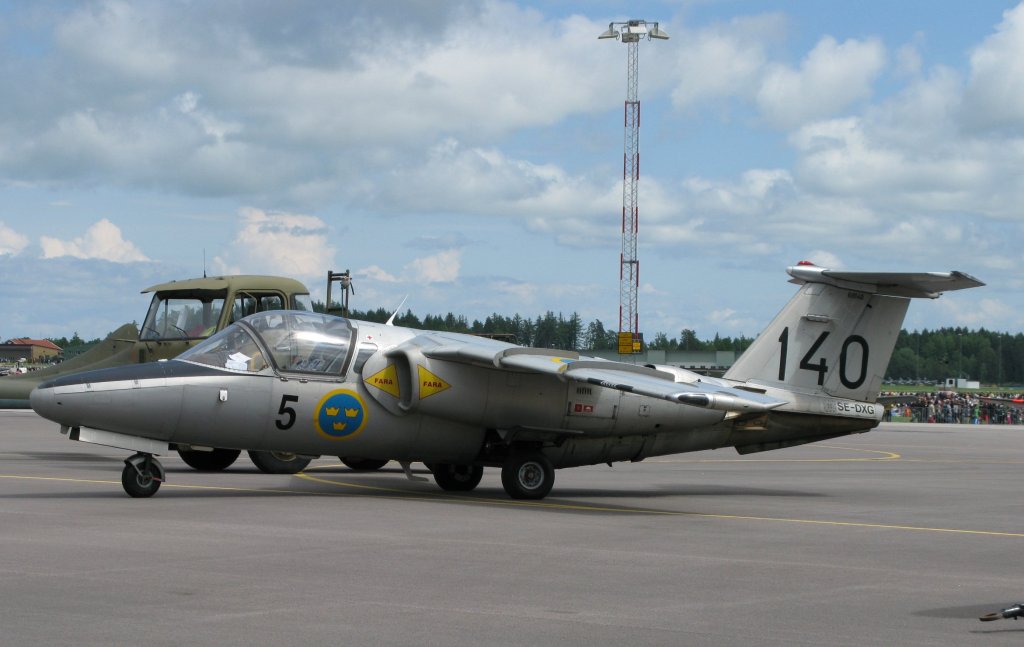
The only export customer was the Austrian Air Force, which took 40 of the Saab 105OE version, the last examples being retired in December 2020. These were based on the SK 60B but had more powerful General Electric J85 engines — the same kind found in the T-38 Talon and F-5 Freedom Fighter — and a strengthened wing for heavier combat loads. One unusual role for which the Austrian jets could be configured was atmospheric sampling, being outfitted with up to four pods that could take aerial samples to study radioactivity or other pollutants.

Ultimately, it was in the training role that the Saab twinjet found its niche.
The Flygskolan has a unique approach to training. New pilots don’t have to sign mandatory contracts, can select their future aircraft type before they begin learning to fly, and learn in an environment with almost no hierarchy.
Using the SK 60, this ethos was remarkably successful, with around 95 percent of pilots successfully graduating from the two-year course. In particular, the SK 60’s side-by-side configuration was found to have real advantages in the early stages of training, making the interaction between student and instructor much easier.
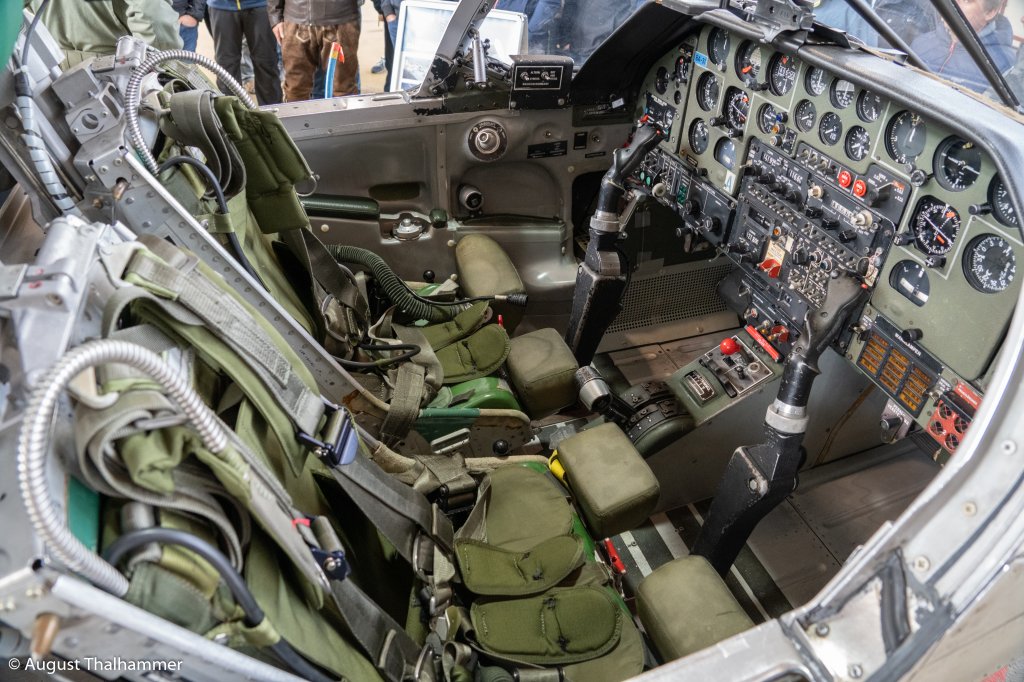
Students typically went solo on the SK 60 after around 30 hours.
The importance of the jet to the Swedish Air Force saw successive efforts to retain it in service longer and ensure it remained relevant, keeping pace with technological change.
A major upgrade came in the form of new Williams Rolls FJ44 turbofans, each developing 1,900 pounds of thrust and equipped with digital engine controls. The first of 106 Williams-powered SK 60s took to the air in August 1995.
Starting in 2009, Saab upgraded surviving SK 60A/B aircraft to provide greater commonality with the Gripen fighter, adding new GPS and improved communication systems.
A video produced in 2015, when Saab and the Swedish Defense Materiel Administration signed a new support and maintenance contract for the SK 60:


Just how valuable the SK 60 was to the Swedish Air Force was confirmed in September 2020, when the Swedish Defense Materiel Administration abandoned its search for a successor platform, after failing to receive any tender that met all of its requirements.
A Swedish Air Force SK 60 won the award for best overall flying display at the Royal International Air Tattoo (RIAT) airshow at RAF Fairford, England, in 2023.

Removing the SK 60 from the inventory has led to changes in how the Swedish Air Force trains its pilots. The jet had been used for basic flying training as well as for learning the first elements of tactical training. Now, the turboprop Grob G120TP is responsible for basic flying training, while fighter pilots will learn tactical aspects during a secondment to the Italian Air Force’s International Flight Training School (IFTS) at Decimomannu in Italy. Meanwhile, transport pilots will go to the U.S. Navy, and helicopter pilots to Germany, for further training.
The first three of 10 G120TP aircraft — local designation SK 40 — were officially handed over to the Swedish Air Force at Malmen in April 2023.
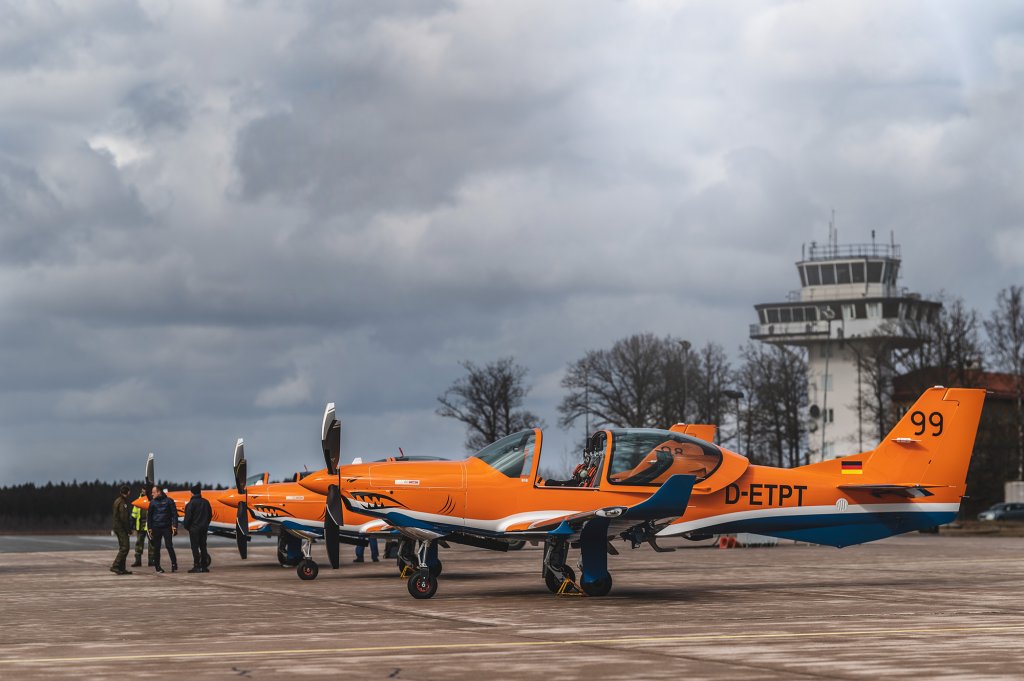
While the Grob falls far short of the SK 60 in the charisma stakes, the legacy of the Saab trainer is set to continue for some time to come in the hands of the Swedish Air Force Historic Flight. The organization’s impressive fleet already included an SK 60, but plans were announced last year to transfer another three examples from the Flygskolan. These jets will help preserve the legacy of the little trainer and the outsized contribution it made to the Swedish Air Force for almost 60 years.
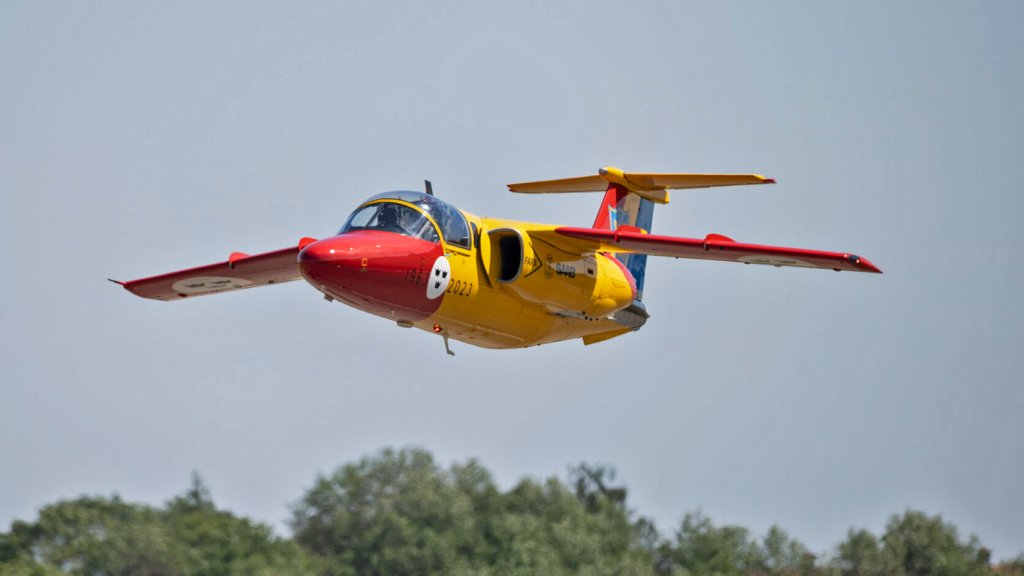
Contact the author: thomas@thewarzone.com
